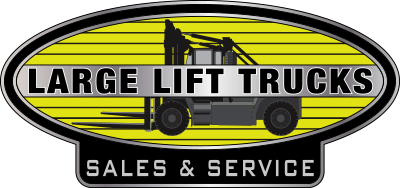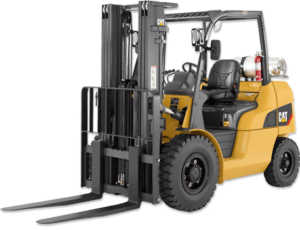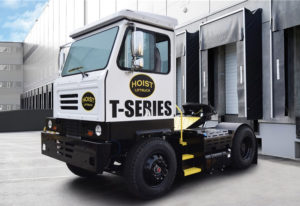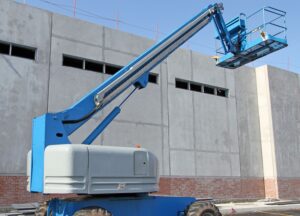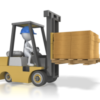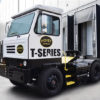EXACTLY WHAT IS A TERMINAL TRACTOR, ANYWAY?

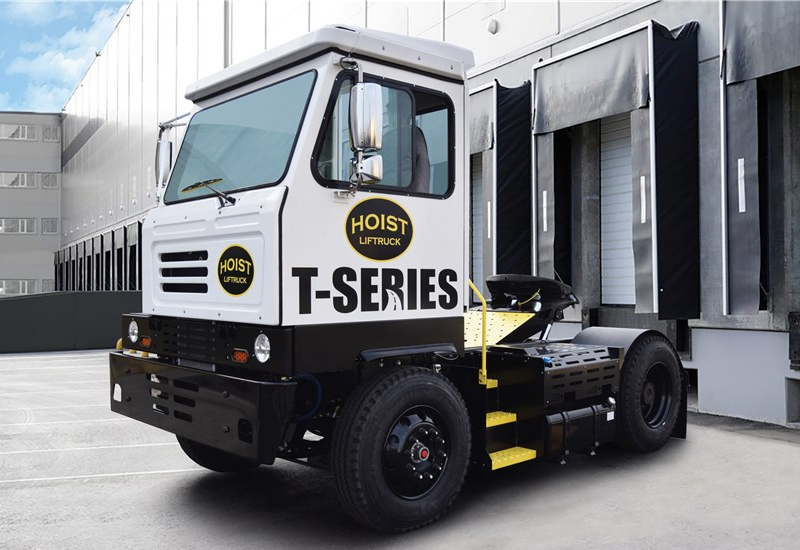
Sick and tired of wondering, “exactly what is a terminal tractor, anyway?” If that’s the case, we can help. Learn more about it here!
Have you been wondering exactly what a terminal tractor is?
Perhaps you have been looking into sourcing the right equipment for your project or business?
Well, if you are looking to buy or rent trucks or tractors, you really ought to get your head around what a terminal tractor is.
Each type of truck and tractor is uniquely designed for a specific purpose. Therefore, it is essential to work out what each piece of equipment offers (as well as what its limitations might be). Doing this, you can then work out how it might meet your specific needs.
With that in mind, this article will answer the big question: What is a terminal tractor?
More than that, it will also go on to talk about what situations it is best used in and how you can incorporate them in your work.
What Is a Terminal Tractor?
First off, let’s get our terminology sorted. You might have already heard about terminal tractors, but have been calling them something different. This is because terminal tractors also go by a number of other names, such as:
- Yard truck
- Shunt truck
- Spotter truck
There are actually many more names than these (including interesting ones like mule and yard dog), but these are the standards. You will find these names used more or less in different settings, but the truck itself remains the same.
So, if that’s what it’s called, what is a terminal tractor?
Well here is the definition: A terminal tractor is a type of truck used to move semi-trailers as well as cargo containers over short distances.
What Are the Features of a Terminal Tractor?
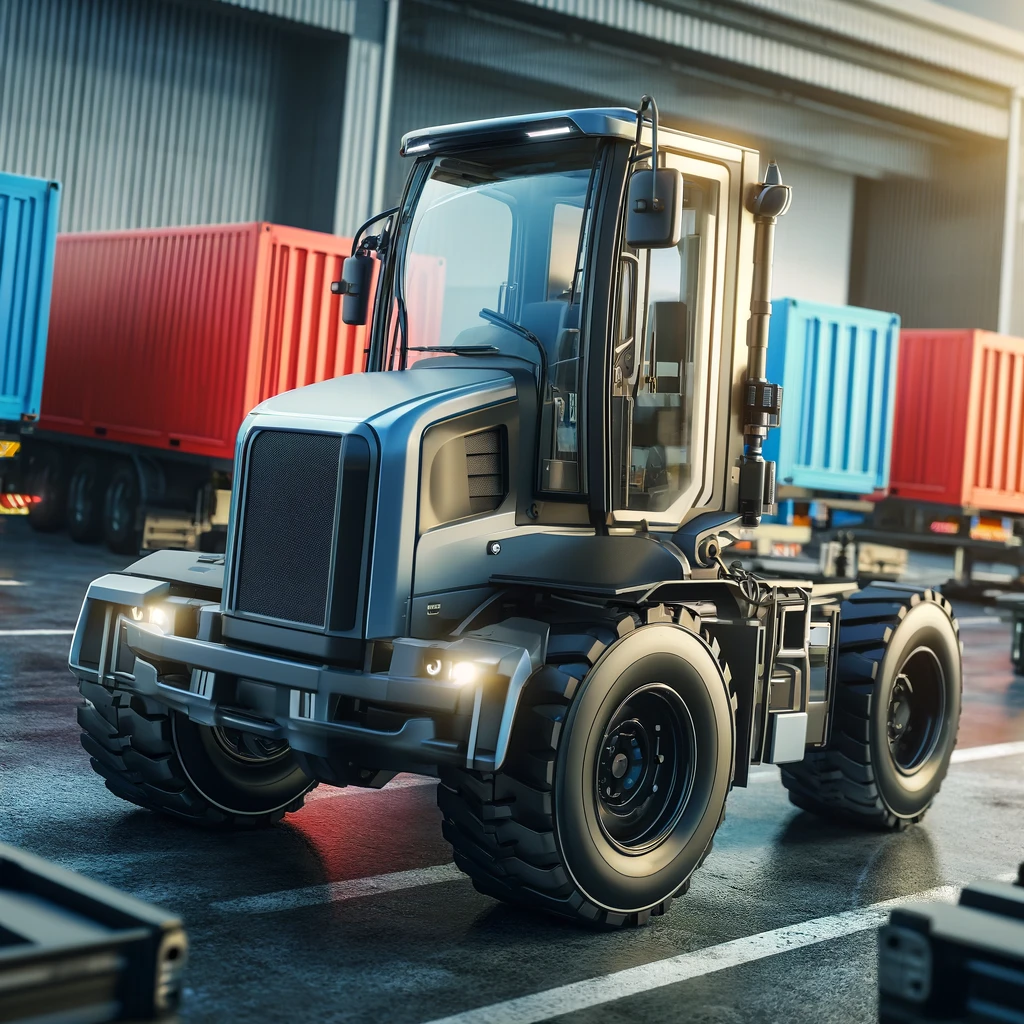
So, we know the basic function of terminal tractors, but what features do they have to distinguish them from other types of trucks and tractors? Let’s go through them one-by-one.
Single Cab
The most distinctive feature of a terminal tractor is its single cab, which is offset to one side. The single cab allows for the driver (often called a yard jockey) to have much greater visibility when operating the vehicle.
This allows the operator to maneuver much more quickly and efficiently in the warehouse, dock, or other settings in which the terminal tractor is being used. But greater visibility also allows the truck to be operated much more safely.
Short Wheelbase
Terminal tractors are designed to be able to move in relatively small spaces, which makes their short wheelbase essential. A shortened wheelbase means that the vehicle has a lower moment of inertia.
In simple language, this means that a terminal tractor has a much smaller turning circle or a better turning radius. In other words, the truck can easily in a smaller space.
Sliding Rear Door
A terminal tractor will generally incorporate a sliding rear door to allow the driver ease of access to the coupling device. What this means is that trailers can be coupled and uncoupled speedily without the need for extra personnel.
The rear door is usually made of glass or perspex to provide 360-degree visibility.
Features Summary
These core features of a terminal truck give a pretty good indication of the hallmarks of a terminal tractor. In summary, a terminal tractor is geared towards:
- Maximum visibility of the work environment
- Maximum maneuverability in smaller spaces
- Maximum efficiency in coupling and uncoupling trailers
- Maximum safety in the work environment
What Are Terminal Tractors Good For?
The main features of a terminal tractor should give you a pretty good idea of the kinds of situations in which they are useful. Basically, terminal tractors work best in situations in which semi-trailers and shipping containers need to be moved quickly and efficiently.
For this reason, you will often find terminal trucks in use in the following settings (among many others):
- Warehouses
- Ports
- Cargo yards
- Truck terminals
- Cross-docking terminals
One of the things that are making the terminal tractor market skyrocket is the sharp increase in logistics activity around the globe. This has come about, largely, because of an increase in e-commerce shopping.
What this has meant is that more warehouses, docking facilities, and truck terminals are needed to move products faster. Terminal tractors are at the heart of these operations and make logistics processes faster, safer, and more efficient.
How to Find a Terminal Tractor
Once you’ve worked out that a terminal tractor is a piece of equipment that can really boost your operations, you need to work out a plan for how to acquire one. Here at Large Lift Trucks, we offer a number of ways to access terminal tractors:
- Buying new
- Buying second-hand
- Renting
Best of all, we have all the advice you need to find the right terminal tractor from the right brand to fit your job. So, if you want to know the TrailerCaddy terminal tractor cost comparison with a Hoist terminal tractor is, or if you want to know the specifications of an Autocar terminal tractor, all you have to do is get in touch with us!
One of the benefits of using Large Lift Trucks is that you can try a terminal tractor by renting it before committing to a purchase. This allows you to see exactly how much a terminal tractor can speed up your operations and reduce labor.
Ultimately, a terminal truck will save you money because of this. But you don’t have to take our word for it. Just try it out to see the difference it makes!
Finding the Right Tool for the Job
Hopefully, you can now answer the question, ‘What is a terminal tractor?’ Hopefully, too, you have a pretty good idea of how this piece of equipment works and what it is best used for.
The last thing to remember is that age-old expression: You can’t beat the right tool for the job. This is particularly the case for a terminal tractor, which is unbeatable when it comes to its specific area of operation.
So, if you need to lift and move semi-trailers and shipping containers quickly, safely, and efficiently, the terminal tractor is definitely the right tool for the job!
Why not get in touch with us today to get you started with a terminal tractor rental or purchase?
Frequently Asked Questions about Terminal Tractor
What are the benefits of using a terminal tractor?
Some key benefits of using a terminal tractor include:
- Increased efficiency in trailer movement and positioning.
- Enhanced safety due to specialized design features.
- Reduced wear and tear on long-haul trucks.
- Improved productivity in logistics operations.
Can terminal tractors be used on public roads?
Typically, terminal tractors are not designed for use on public roads. They are intended for off-road applications within private facilities. However, some models can be modified or come equipped with features that allow limited on-road use, primarily for short distances between adjacent facilities.
What is the typical lifespan of a terminal tractor?
The lifespan of a terminal tractor varies based on usage and maintenance but typically ranges from 10 to 15 years. Regular maintenance and proper handling can extend the vehicle’s operational life.
How much does a terminal tractor cost?
The cost of a terminal tractor can range from $80,000 to $150,000, depending on the model, features, and whether it is new or used. Electric models tend to be more expensive upfront but can offer savings over time.
Can terminal tractors handle refrigerated trailers?
Yes, terminal tractors can handle refrigerated trailers (reefers). They are designed to move various types of trailers, including those requiring temperature control.
Do terminal tractors require a special license to operate?
Regulations vary by region, but in many places, operating a terminal tractor within a private facility does not require a commercial driver’s license (CDL). However, specific training and certification are often required by employers.
How do terminal tractors improve safety in the yard?
Terminal tractors enhance safety through features like 360-degree visibility, easy cab access, and advanced braking systems. Their design minimizes blind spots and allows for precise trailer positioning, reducing the risk of accidents.
